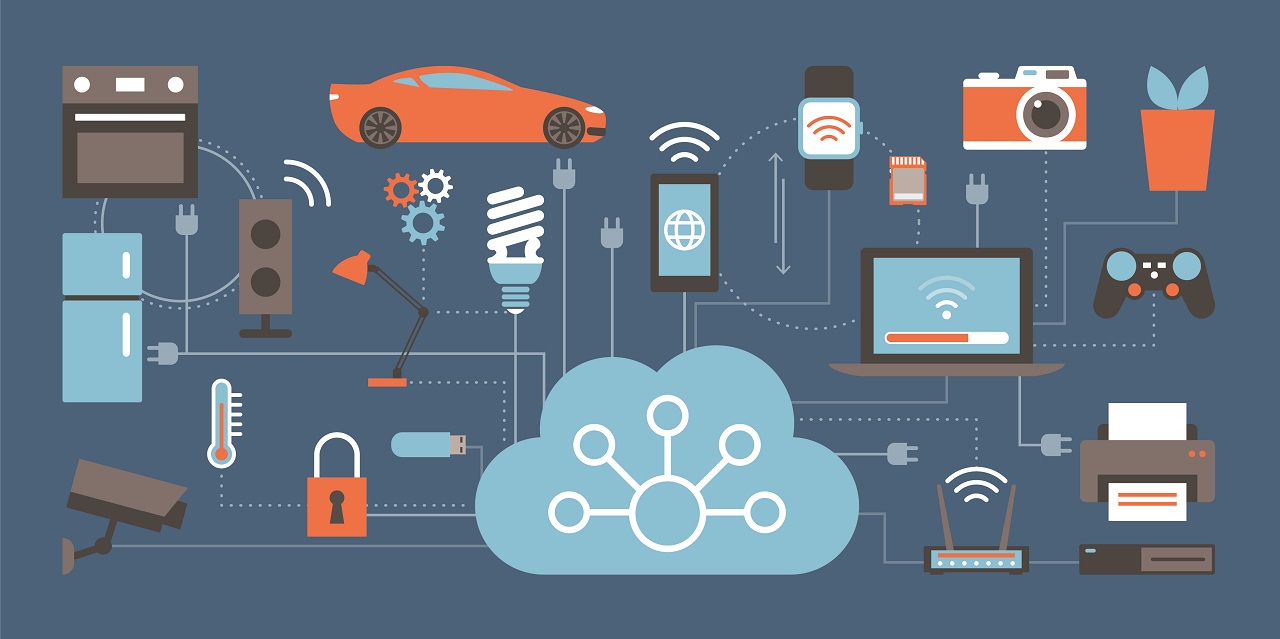Ensuring Online Security: The Importance of Cybersecurity
Published

What is cybersecurity and why is it important for ensuring online safety?

Those : reciprocity.com
Cybersecurity refers to protecting computers, servers, mobile devices, electronic systems, networks and data from malicious attacks, damage, theft and unauthorized access. It is important for ensuring online security because it helps prevent cyberattacks that can compromise the safety and security of personal and sensitive data and disrupt business operations, critical infrastructure and national security. Cybersecurity measures include encryption, firewalls, antivirus software, password management, and other technical and non-technical strategies aimed at minimizing the risk of cyber threats.
What common cyber threats do individuals and organizations face?

Those : dai-global-digital.com
There are many types of cyber threats that individuals and organizations can face. Here are some common examples:
Malware: malicious software designed to harm, steal, or damage computer systems and data.
Phishing: A technique that attackers use to trick users into revealing sensitive information such as passwords, credit card numbers, or other personal information.
DDoS attacks: Distributed denial of service attacks cause a website to become so overwhelmed with traffic that it can no longer function properly and crashes.
Ransomware: A type of malware that encrypts the victim's files and demands payment in exchange for the decryption key.
Insider threats: when an employee or insider intentionally or unintentionally compromises the security of a company's data and systems.
Social engineering: psychological manipulation to trick people into revealing sensitive information.
Advanced Persistent Threats (APTs): long-term, targeted attacks typically carried out by state-sponsored or highly skilled hackers.
Botnets: a group of infected computers used to carry out cyberattacks.
These are just a few examples of the many types of cyber threats that individuals and organizations can face.
What are the best practices for protecting personal and sensitive information online?

Those : unsplash.com
There are several best practices that individuals can follow to protect their personal and sensitive information online. Here are some of them:
Use strong and unique passwords: Create a strong, unique password for each account and use a password manager to help you remember it.
Enable two-factor authentication: This creates an additional layer of security for your accounts by requiring an additional form of verification, such as: B. a code sent to your phone.
Be careful with public Wi-Fi: Public Wi-Fi networks are often not secure. Therefore, avoid logging into sensitive accounts or transferring sensitive data while using them.
Keep software and systems up to date: Make sure your operating system, web browser, and other software are updated with the latest security patches.
Use encryption: Use encrypted communication channels, e.g. B. HTTPS or SSL to protect confidential data during transmission.
Be suspicious of suspicious emails and messages: do not click on links or download attachments from unknown or suspicious sources, and be wary of phishing attempts.
Use antivirus software: Install reputable antivirus software to detect and remove malware on your devices.
Back up your data: Regularly back up important files and data to an external hard drive or cloud-based storage service.
By following these best practices, you can protect your personal and sensitive information from cyber threats.
How can companies and governments prioritize cybersecurity to prevent cyberattacks?

Those : stockvault.net
Businesses and governments can make cybersecurity a priority by taking the following steps:
Conduct a risk assessment: Identify the risks and vulnerabilities to your systems and data and prioritize based on the potential impact.
Develop a security strategy: Develop a comprehensive security strategy that includes policies, procedures and technical controls to protect against cyber threats.
Train employees: Regularly train your employees on cybersecurity best practices and ensure they are aware of the risks and know how to respond to potential cyberattacks.
Use encryption: Encrypt sensitive data in transit and at rest to protect it from unauthorized access.
Implement access controls: Restrict access to sensitive data and systems to authorized personnel.
Regularly update software and systems: Keep software and systems current with the latest security patches and updates.
Conduct regular security audits: Regularly review and test security measures to ensure they are working effectively.
Collaborate with others: Share information and collaborate with other companies and government agencies to improve cybersecurity and prevent cyberattacks.
When companies and governments prioritize cybersecurity in this way, they can better protect their systems and data from cyber threats.
What steps can individuals take to stay informed about the latest cyber threats and protect themselves online?

Those : dreamstime.com
There are several ways to stay informed about the latest cyber threats and protect yourself online. Here are some of them:
Follow Reputable Sources: Stay up to date on the latest cybersecurity news and trends by following reputable sources such as cybersecurity blogs, news websites, and industry experts.
Attend webinars and conferences: Attend cybersecurity webinars and conferences to learn about the latest threats and best practices.
Use security tools: Use reputable security tools such as antivirus software, firewalls, and password managers to protect your devices and personal information.
Be careful online: Be wary of suspicious emails, messages, and social media posts and avoid clicking on links or downloading attachments from unknown sources.
Use strong passwords: Use strong, unique passwords for each account and enable two-factor authentication for added security.
Back up your data: Regularly back up important files and data to an external hard drive or cloud-based storage service.
Use encryption: Use encryption for sensitive data and communications, e.g. B. HTTPS or SSL.
Learn about privacy policies: Read and understand the privacy policies of the websites and apps you use and be careful when sharing personal information.
By taking these steps, individuals can stay informed about the latest cyber threats and protect themselves online.








